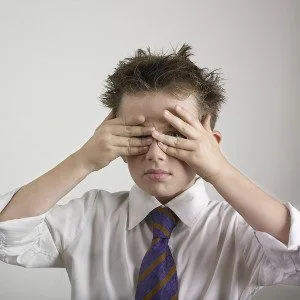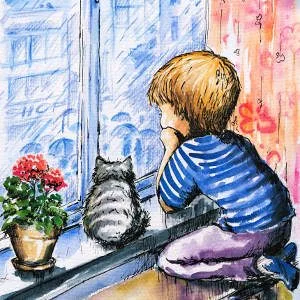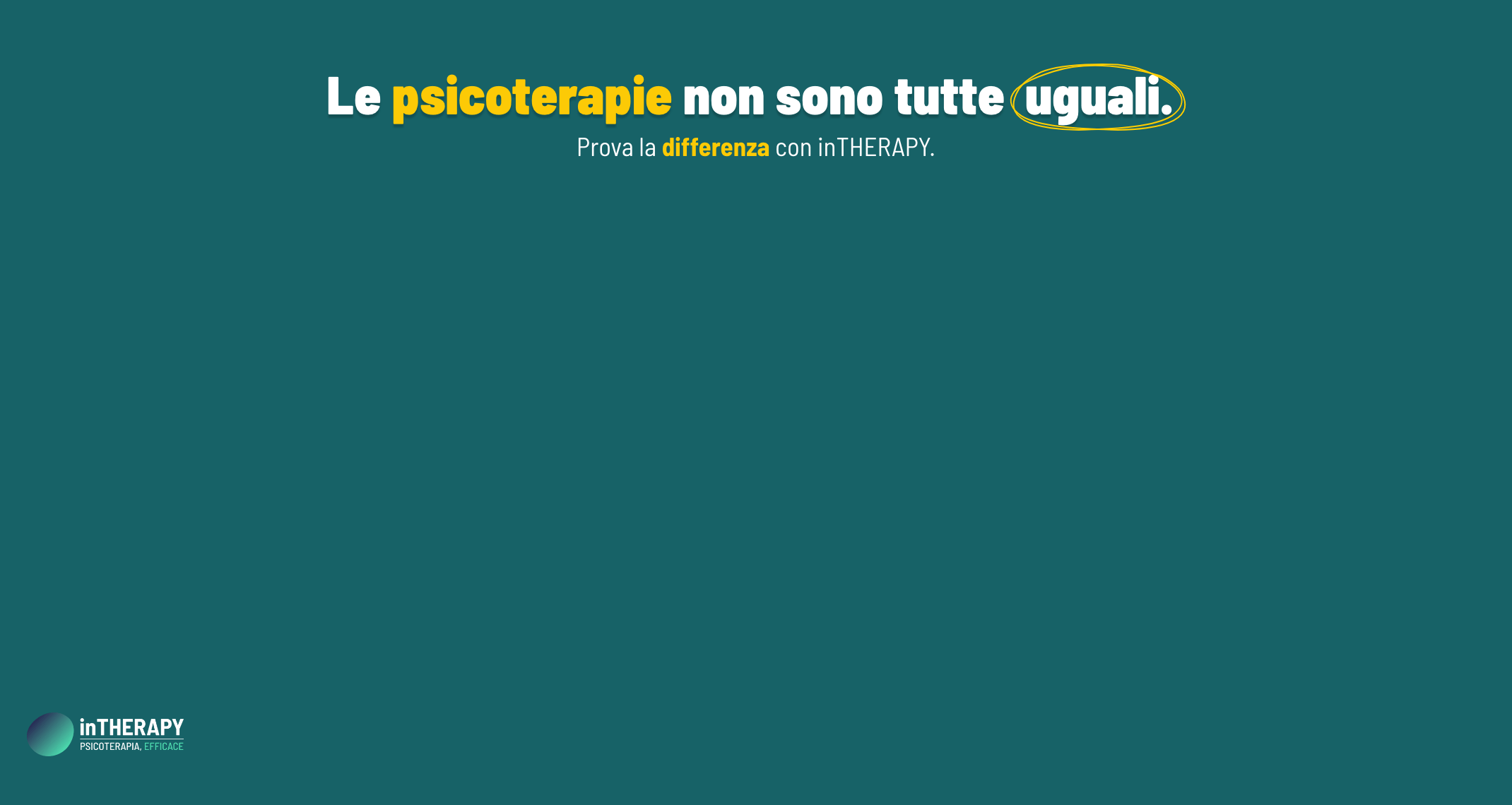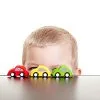READ PART #1 & PART #2 OF THIS ARTICLE.

These include retrospective, cross-sectional and longitudinal methodologies. In a retrospective study the subjects are chosen, and then data is collected from their past experiences. I will address the retrospective studies now and discuss the other two in an upcoming article.
Two retrospective surveys suggest strong continuity between early behavioral inhibition (BI) and social anxiety in adolescence and early adulthood. Hayward, Killen, Kraemer and Taylor (1998) examined the relationship between BI and social anxiety in a sample of 2,242 high school students.

The students completed self-report questionnaires at age 15, including the Retrospective Self-Report of Inhibition (RSRI); after four years students were then assessed using a standardized diagnostic interview. The results showed that after controlling for social phobia symptoms at time point one, the retrospective self-report measures of social avoidance and fearfulness predicted social phobia diagnosis in high school. More specifically, of those who reported being socially avoidant and fearful, 22.3% developed social phobia, a number four times higher than those who did not report those two features of inhibition.
Similar results have been demonstrated in other studies. Neil, Edelmann and Glachan (2002) examined the relationship between early social fears and non-social fears and the tendency for children to develop mental health problems, including social phobia, agoraphobia, panic disorder, general anxiety and depression (n = 234).

Participants, averaging 47 years in age, were recruited from self help organizations and completed a battery of anxiety and depression questionnaires, including, the Social Phobia and Anxiety Inventory. The results showed that recalled childhood social/school fears were related to elevated scores on measures of social phobia and depression. Measures of non-social fears were not associated with any index of psychopathology.
While these studies are important in suggesting a link between early BI and later development of social anxiety symptoms and social phobia, the findings must be interpreted with caution. The fact that information on early temperament was ascertained by means of retrospective questionnaires means that the findings could be a result of socially phobic individuals simply remembering themselves as more shy because of their current symptoms, rather than truly having had an inhibited temperament in early childhood.
BIBLIOGRAPHY:
- Hayward, C., Killen, J., Kraemer, K., & Taylor, B. (1998). Linking self-reported childhood behavioral inhibition to adolescent social phobia. Journal of the American Academy of Child and Adolescent Psychiatry, 37, 1308 – 1316.
- Neal, J., Edelmann, R. J., & Glachan, M. (2002). Behavioural inhibition and symptoms of anxiety and depression: Is there a specific relationship with social phobia? British Journal of Clinical Psychology, 41, 361 – 374.


